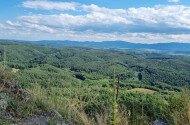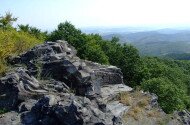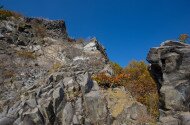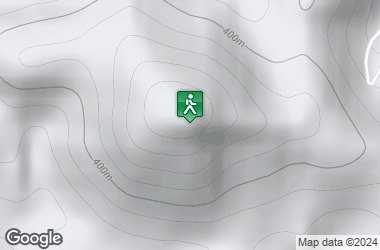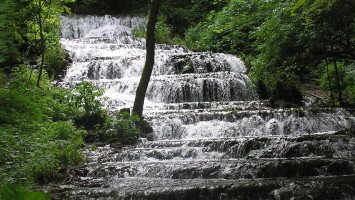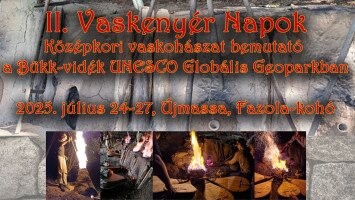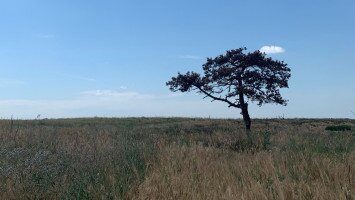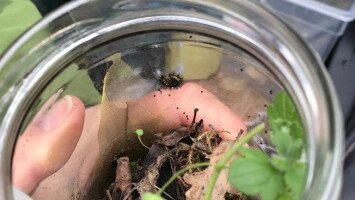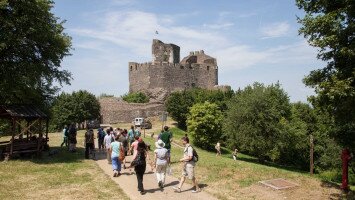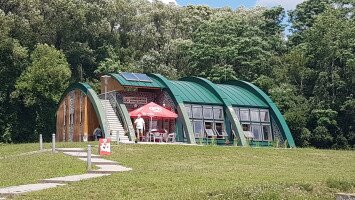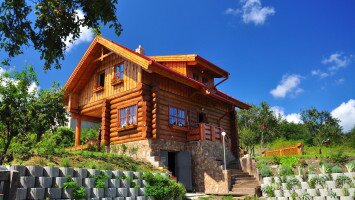2022/1. - 6. Visit to Kiskunság National Park
08/23/2022 3:44 PM
Austausch in einen anderen Nationalpark
[07.06.2022-12.06.2022]Durch die Freiwilligen vor uns inspiriert, wollten auch wir einen Austausch mit den Freiwilligen aus dem Kiskunság Nationalpark machen. Somit sind wir am Dienstag, den 7. Juni nach Kunpeszér gefahren, ein Ort mit ca. 700 Einwohnern. Wir wurden von den Freiwilligen Lara und Jakob und ihrem Ansprechpartner Csaba abgeholt und mit dem Jeep zum fünf Kilometer entfernten Forsthaus gefahren. Dieses liegt mitten im Wald und dient als Unterkunft, Treffpunkt, um den Arbeitstag zu beginnen und Arbeitsplatz für Aufgaben am Computer. Am nächsten Tag zeigten uns Lara und Jakob die Umgebung und Orte, an denen sie bisher gearbeitet hatten. Im Allgemeinen ist die Region sehr flach und an vielen Stellen auch deutlich trockener als im Bükk. Großflächige Wälder gibt es kaum, die Landschaft ist vorrangig von Graslandschaften geprägt. Diese sind Teil der UNESCO Biosphärenreservate und beinhalten eine große Diversität an Fauna und Flora. Am Nachmittag hat Csaba uns dann noch ihm persönlich wichtige Orte im Nationalpark gezeigt und verschiedene Aspekte des Ökosystems erklärt. Der Kiskunság Nationalpark befasst sich weniger mit Tourismus und deutlich mehr mit dem Erhalt der Diversität. An den nächsten zwei Tagen waren wir unter anderem noch in Kecskemét, haben einen Ort für verletzte Schlangen besucht und haben uns ein Adlernest angesehen. Zwischendurch hat es in Strömen geregnet, weshalb wir drinnen Karten spielten.
Read more

